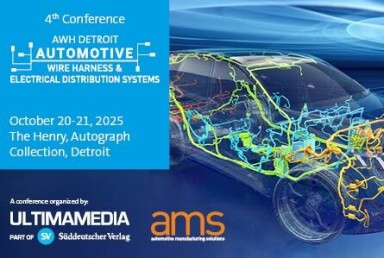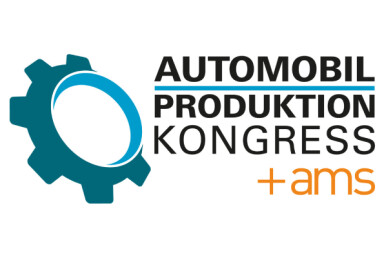BMW’s Neue Klasse redefines electric mobility with advanced Software-Defined Architecture and high-performance energy management
BMW’s Neue Klasse redefines electric mobility with a software-centric vehicle platform, high-voltage 800V battery technology and four advanced computing modules. A new era of efficiency, flexibility, dynamic performance and seamless energy management is emerging?
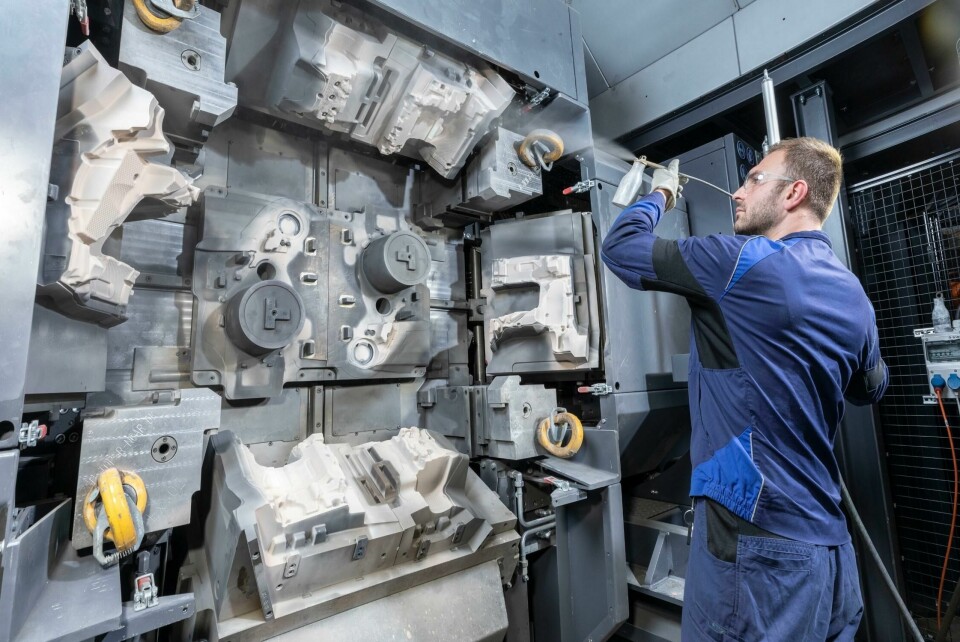
It is nothing less than a project of the century in which BMW is investing billions: The Neue Klasse marks a decisive step into the future of electromobility for the Munich-based premium manufacturer. The core of this new generation is a state-of-the-art architecture that not only fundamentally influences vehicle design, but also aims to take the electric drivetrain to a new level.
Software-defined vehicle architecture
A central element of this new e-platform is the high-voltage battery. On top of it sits a highly intelligent control unit, called the ‘Energy Master’, which manages all essential functions in the area of high- and low-voltage power supply as well as data communications relating to the electric drive. At the same time, BMW is introducing a high-performance computing module that - together with other ‘super brains’ - is intended to ensure the typical BMW driving experience. In the Neue Klasse, BMW is thus switching to a highly networked and software-centric vehicle architecture that redefines the character of driving.
“We are also achieving a further increase in efficiency and thus a greater range”
These four completely new super brains will be working in the BMW of the future: high-performance computers that intelligently combine what previously ran separately. The ‘Heart of Joy’ super brain, was developed 100 percent in-house. Another three super brains are responsible for automated and highly automated driving, infotainment and basic functions such as climate and comfort, vehicle access, interior and exterior lighting.
“The Heart of Joy takes driving pleasure to the next level. We are also achieving a further increase in efficiency and thus a greater range, as the driver will, in the future, brake almost exclusively via recuperation,” commented Head of Development Frank Weber. And the super brains are not only making the Neue Klasse future-proof - because such an architecture can be updated and upgraded more easily than many individual control units. BMW also retains control over all key functions, because the hardware and software were developed exclusively and independently in Munich for the very first time.
Smart controlling Energy Master
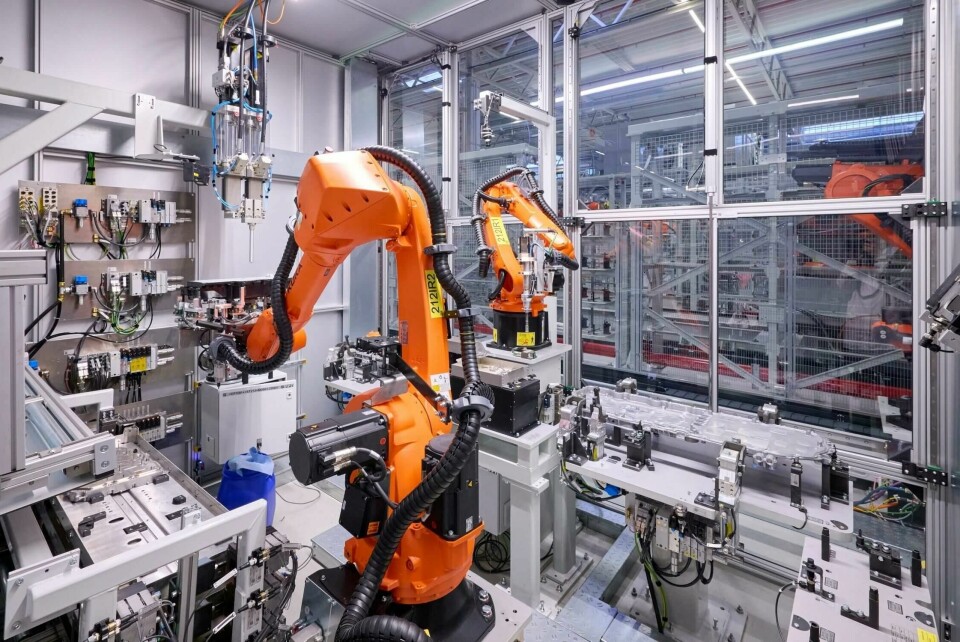
In previous electric vehicles, the power electronics are often distributed, for example, in separate components or in modules within the battery. In the Neue Klasse, however, a central part of the electric drive’s super brains is moved to the penthouse - i.e, on top of the battery pack.
The control center for all power-flows in the vehicle is located on this very roof of the high-voltage battery system. BMW calls this unit the Energy Master, and it is developed and produced entirely in-house. It is the interface to the vehicle electrical system, monitors the battery, and controls the electrical machine(s) - as well as the communication between the high- and low-voltage systems. This proximity to all relevant components means that the energy balance in the vehicle is managed particularly effectively.
Pack-to-open body
The elimination of traditional battery module production and the direct use of the new round cells - BMW calls it ‘cell-to-pack’ - also saves installation space, weight and costs. The fact that the battery is simultaneously structurally integrated into the vehicle floor (pack-to-open body) enables a flatter design. All of this contributes to a lower center-of-gravity, and thus to greater driving dynamics, a classic BMW characteristic that will also be retained in the all-electric era.
How does the driving experience differ?
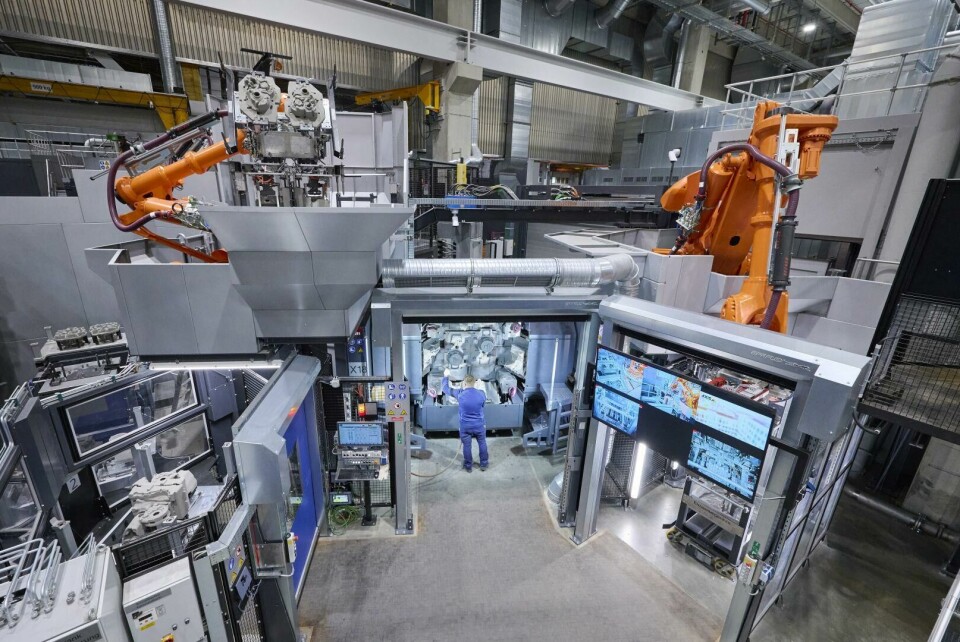
The combination of high system voltage, short response time and highly integrated control logic results in immediate, direct drive behavior. The Neue Klasse is designed to appear more lively, especially during intermediate sprints or when spontaneously swerving in critical situations, because control interventions - for example in the event of loss of traction - take place in real-time.
In addition, the 800-volt architecture makes it possible to recharge for remarkable distances in a very short period of time. Short charging breaks and the continuously available power ensure a completely new level of ease when travelling.
Read more BMW Stories
- Boosting battery circular economy with BMW & SK tes’ partnership
- Regensburg plant wins flexibility, digital production award: BMW
- How BMW is driving CO2 reduction with workforce engagement
- Smart Factory: BMW’s digital production at San Luis Potosi, Mexico
The sound impression is also different: instead of a classic engine sound, there is a subtle humming noise, which BMW can adjust for different models. This creates a new, futuristic sound that, according to the manufacturer, is more emotionally appealing than simple silence.
